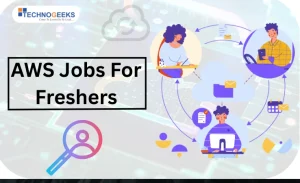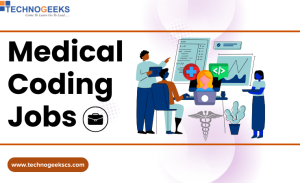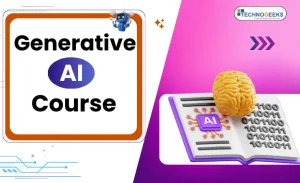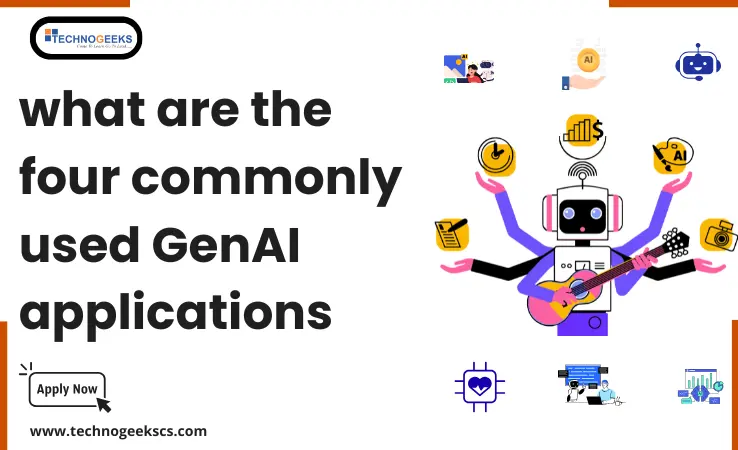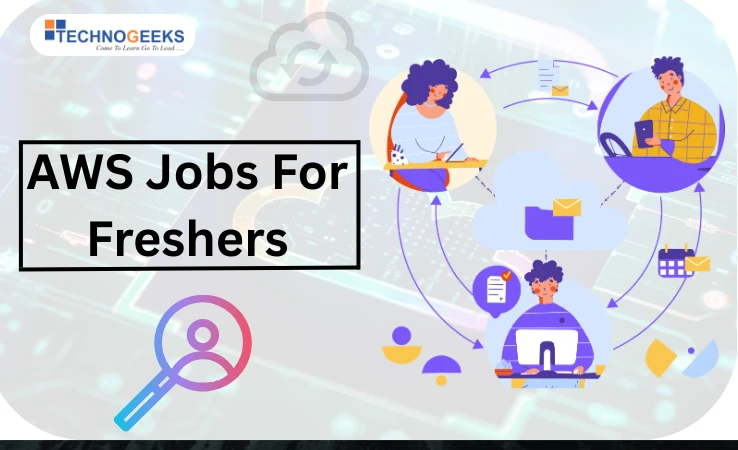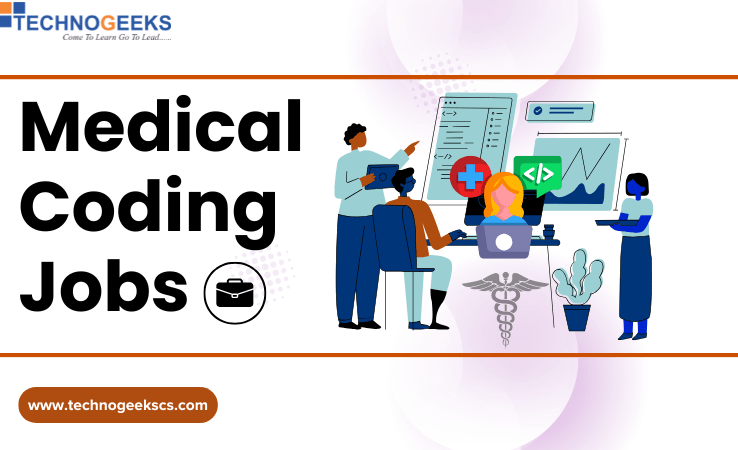Table of Contents
ToggleIntroduction
Parallel Operating System are software platforms that manage multiple processes running at the same time on different processors or cores. Parallel Processing has become more essential as there is an increase in the growth of technology, such as multicore processors and distributed systems (DS), has made.
Unlike traditional operating systems which handle single-threaded applications and parallel operating system allows for simultaneous execution, improving resource use and performance. Parallel Operating Systems have become essential in many high-demand areas like scientific simulations, large data processing, and real-time applications.
In this blog, we will study about the Parallel Operating Systems and how it works. We will also cover its key features, benefits, Types, Applications, Examples, Functions, Advantages and Disadvantages.
Firstly, Let’s study the Parallel Operating Systems.
Enroll now and take the first step towards a successful career. Click here to join our cloud computing courses today!
What is a Parallel Operating System?
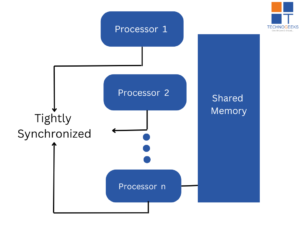
The parallel Operating system can be defined as specially designed to increase the speed of execution process of programs by dividing them into multiple segments and processing them simultaneously. These systems are also called Multiprocessor Systems.
It uses multiple processors at the same time, utilizing resources from a single computer with several processors or multiple computers connected in a network to create a cluster for parallel processing.
How do Parallel Systems Work?
In the process of Parallel operating systems, the main task is broken down into small sub tasks so that it can be executed concurrently. For further processing, each sub task is broken down into a set of instructions which are executed simultaneously on different CPUs.
In a parallel operating system, the CPU and its components are divided into smaller, fully functional parts, each operating at full speed and power.
A single system typically transmits and processes instructions for tasks assigned to different components at the same time. In contrast, a parallel operating system allows multiple systems to do this more quickly and can manage larger workloads simultaneously.
Also Read – What is Cloud Computing – An Ultimate Guide to Beginners
Types of Parallel Operating Systems
Parallel Operating systems are divided into two types: type-1 and type-2.
let’s study its types also
- Type-1: This System acts as a native hypervisor which runs directly on bare metal. Systems that share physical hardware or virtual machines can be used in this Type-1. This type of parallel Operating Systems is known as native because the host OS does not provide any emulation of the I/O system.
For example, VMware uses the type-1 parallel operating system design to execute an instance of MAC OS.
- Type 2- This type of operating system is hosted on a hypervisor. But, it is executed when the hypervisor runs on operating systems like Windows, Linux, etc.
Applications of Parallel Operating System
Parallel operating systems are used in various applications to speed up the performance of multiple processors. The Applications include:
- Cloud Computing Systems: Parallel Operating Systems help in making better use of resources and easily adjust to changing needs in data centers and cloud environments.
- Real-time Systems: Parallel Operating Systems can be used in fields like autonomous vehicles and factory automation where fast responses are important.
- Database Management: The database management systems can share and work with data across many computers.
- Scientific Simulations: Parallel computing speeds up complicated simulations in fields like physics and engineering etc.
- Machine Learning (ML & AI) : Parallel Operating Systems speeds up deep learning of complex neural networks.
Level up your skills in AWS Cloud Computing. Enroll now and become an expert.
Examples of Parallel Operating Systems
The Examples of the parallel operating systems are as follows:
- VMware
- Microsoft Hyper-V
- Red Hat enterprise
- Oracle VM
- KVM/QEMU
- Sun xVM Server
Functions of Parallel Operating System
The following are the important functions of a parallel operating systems:
- Supports multiple processes running at the same time
- Keeps processes safe from each other
- Handles multiple tasks simultaneously
- Sharing resources among processes
- Preventing processes or threads from interfering with each other
- Makes the best use of resources
Also Read – AWS Vs Azure – Which Cloud Platform is better [2024]
Advantages of Parallel Operating System
- It speeds up processes and lets multiple applications run at once
- Helps manage multiple tasks effectively
- Allows using many resources at the same time
- Has more memory for managing resources and tasks
- Quicker than other operating systems
Disadvantages of parallel Operating System
The disadvantages are as follows:
- The design of the parallel operating system is complicated
- High costs arise from the increased resources needed for synchronization, data transfer, threading, and communication.
- High power usage.
- requires lot of maintenance and care
Conclusion
Operating systems are most important for the further functioning of any system, which is to serve as a bridge between the user and the hardware. However, single systems can take a long time to complete tasks, therefore parallel operating systems become more important.
Technogeeks offers Cloud Computing courses in Pune, you will learn basic cloud concepts, cloud computing platforms, cloud services, and specific skills you’ll be well-prepared on your way to becoming a job-ready Cloud Computing expert.






